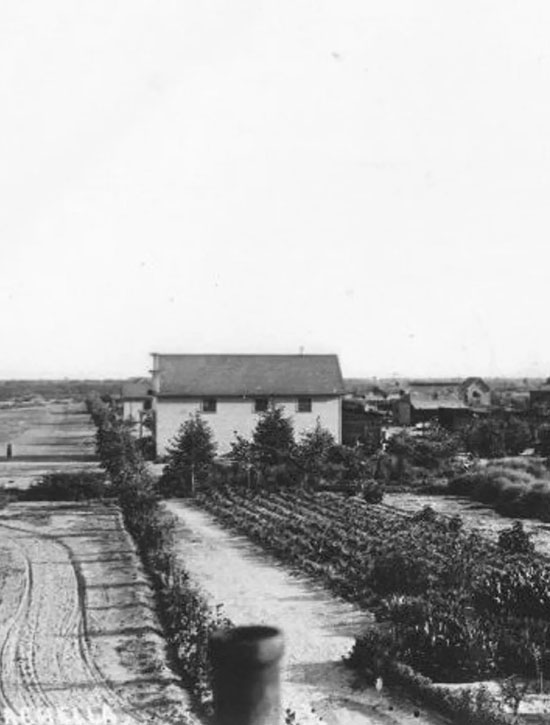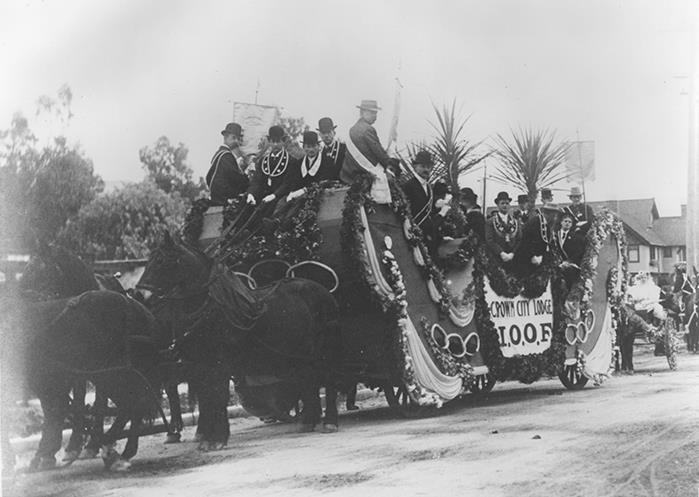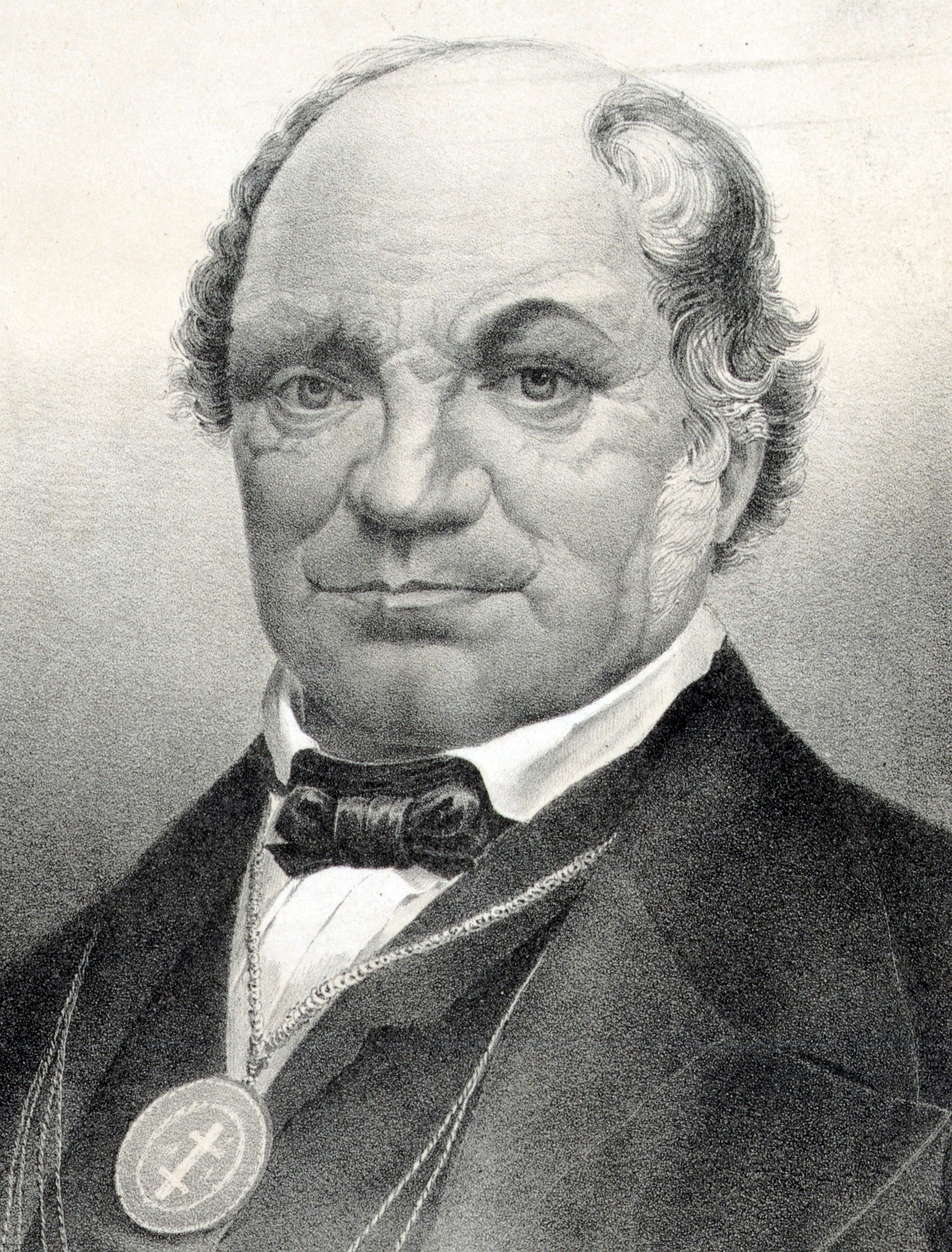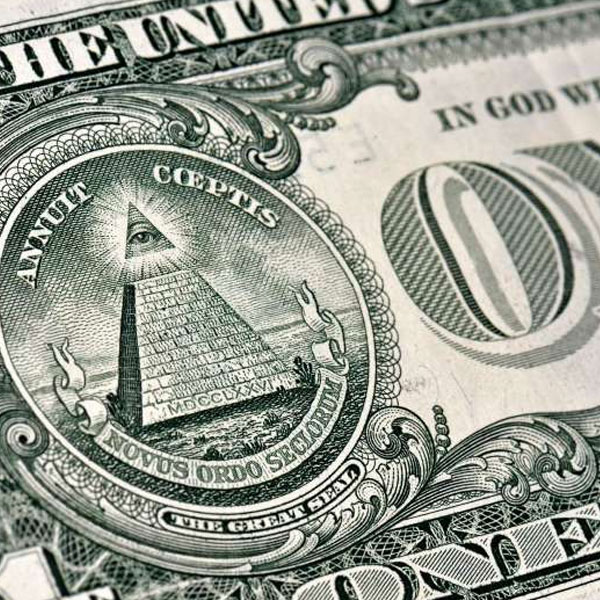History of the Coachella Valley Lodge

Indio Lodge, No. 438, est. 1918
The Grand Lodge of California brought Odd Fellowship to the Coachella Valley when it chartered Indio Lodge, No. 438 on January 28, 1918, nine months before the end of World War 1. Past District Deputy Grand Master William Henry Polkinghorn, a member of Riverside Lodge, No. 282, and several of his brothers from his lodge presided over the ceremony, at which they admitted 10 members from other lodges and initiated 20 brand-new members.
Charter members included
- John A. Semple, Past Grand, who was Indio Lodge’s first representative to Grand Lodge later that year, when it convened in San Francisco;
- Charles W. Burdick, Past Grand;
- Arthur E. Elgin;
- John W. Straub, a native of Germany, whose son, John Jr., was a merchant tailor and had opened his shop in the Sacramento Odd Fellows Temple (lodge) in 1897;
- Claude N. Ellis;
- Thornton C. Taylor;
- Thomas E. Allen;
- Rufus F. Taylor;
- Frederick M. Swartz; and
- LeRoy A. Pawley, Past Grand.
On April 9, 1927, the lodge moved into its own temple (lodge), and California Grand Master Cyrus Arthur Palmer from Orange Lodge, No. 225 dedicated the building with the assistance of California Grand Marshal Roy K. Bishop of Santa Ana Lodge, No. 236. Past Grand George Boomer of the new Indio Lodge presided as the master of ceremonies.
Coachella Lodge, No. 445, est. 1920
California Grand Lodge gave a charter to Coachella Lodge, No. 445 on September 4, 1920, which was a full 25 years before Coachella was incorporated as a city. The ceremony was conducted by California Grand Master Kendall C. Keene of Suisun Lodge, No. 78, which is in an agricultural community between San Francisco and Sacramento. In the days before airplanes and freeways, he traveled a long way for this event.
Charter members included:
- George J. Robertson, Past Grand, who became the new lodge’s first representative to Grand Lodge in 1921, which took place int the Municipal Auditorium of Oakland, California;
- Frederick M. Swartz of Indio Lodge, No. 438;
- L.H. Kelley;
- Arthur M. Thomas;
- Robert M. Harmon;
- Almond L. Pearson;
- Ralph H. Thomas;
- Arthur F. Cardwell;
- Rufus F. Taylor;
- Victor V. Green;
- Charles Yost;
- William B. Snodgrass;
- Carl P. Robertson; and
- Edgar Smith.
The Consolidations
On January 1, 1934, Coachella Lodge, No. 445 consolidated with Indio Lodge, No. 438 and moved to the Indio Temple. Although the record is incomplete, it appears that the Coachella lodge never had its own temple.
On May 31, 1945, the merged lodges changed their name to Coachella Valley Lodge, No. 445.
The Independent Order of Odd Fellows disappeared from the Valley when Coachella Valley Lodge consolidated Beaumont Lodge, No. 409 on Halloween (October 31), 1974. Eventually, Beaumont Lodge consolidated with Redlands Lodge, No. 341 on April 7, 1987. Finally, Redlands Lodge relocated to Yucca Valley and renamed itself as High Desert Lodge, No. 341, which closed its doors for the last time on January 13, 2011.


By 1900, there were over one million members of the IOOF, and today there are lodges in every state and in countries worldwide from Europe to the Caribbean to Africa and Australia and the Philippines. You can find a complete list of jurisdictions here: http://www.ioof.org/Jurisdictions.
The IOOF was also the first fraternal order to admit women, when it created the lodges for women, who were called the Rebekahs, named for the Biblical character.
History of the Independent Order of Odd Fellows (I.O.O.F.)
In 1819, a British expatriate living in Baltimore, Thomas Wildey (1782-1861), who had been an Odd Fellow back home, decided to try to find other members of the Order in his new home city, so he put a small ad in a local newspaper, giving notice of an Odd Fellow meeting at a pub. He had some luck, and other Odd Fellows showed up. This proved to be the first meeting of what would become the Independent Order of Odd Fellows (IOOF), which would become the largest Odd Fellow organization in the world. You can read a more detailed history of Odd Fellowship in North America here: https://odd-fellows.org/history/wildeys-odd-fellowship/
By 1900, there were over one million members of the IOOF, and today there are lodges in every state and in countries worldwide from Europe to the Caribbean to Africa and Australia and the Philippines. You can find a complete list of jurisdictions here: http://www.ioof.org/Jurisdictions.
The IOOF was also the first fraternal order to admit women, when it created the lodges for women, who were called the Rebekahs, named for the Biblical character.


Symbols of odd fellowship
The earliest Odd Fellow groups appeared in the 1600s (17th Century), which means the definition of Odd Fellowship has had over 300 years to develop. Along the way, Odd Fellows have adopted many symbols that represent different beliefs held by members of organizations of Odd Fellows. Here are some of the most well-known symbols of Odd Fellowship.
The Three Links
Sometimes the Odd Fellows are referred to as the Three Links Fraternity because the primary symbol of the Odd Fellows Order is three links of a chain. The exact design of the logo varies from country to country, but they all have the same meaning.
These three links stand for Friendship, Love and Truth, and they represent the connections that hold Odd Fellows together. The link of Friendship symbolizes the willingness of members to watch out for the best interests of each other, to help each other succeed in their endeavors. The link of Love symbolizes the desire of members to take care of the less fortunate in their community. And, the link of Truth symbolizes the yearning each Odd Fellow has to improve themselves and to elevate their character.
Other orders might refer to these important principles as fraternity, charity and integrity or something similar, but to Odd Fellows the tenets of Friendship, Love and Truth have special meaning, and we strive to live by them.

The All-Seeing Eye of God
The all-seeing eye of God is an important symbol that can be found in Ancient Egyptian artifacts and even on the U.S. Dollar bill.
The all-seeing eye symbolizes the idea that you must always live up to the highest ideals of integrity because even when you are alone, god is still watching you. In this context, we have chosen to spell god with a small “g” because the Order requires members to believe in a higher power, but not in any specific higher power. The requirement that people believe in a higher power is how we ensure that potential members exhibit the humility that we expect of members.

Skull and Crossbones
The skull and crossbones is another important symbol. Everybody has heard the saying: “You can’t take it with you when you die.” The skull and bones are used to remind us that – no matter how rich or poor we are – we all end up the same way, and we should be kind and humble to others.
